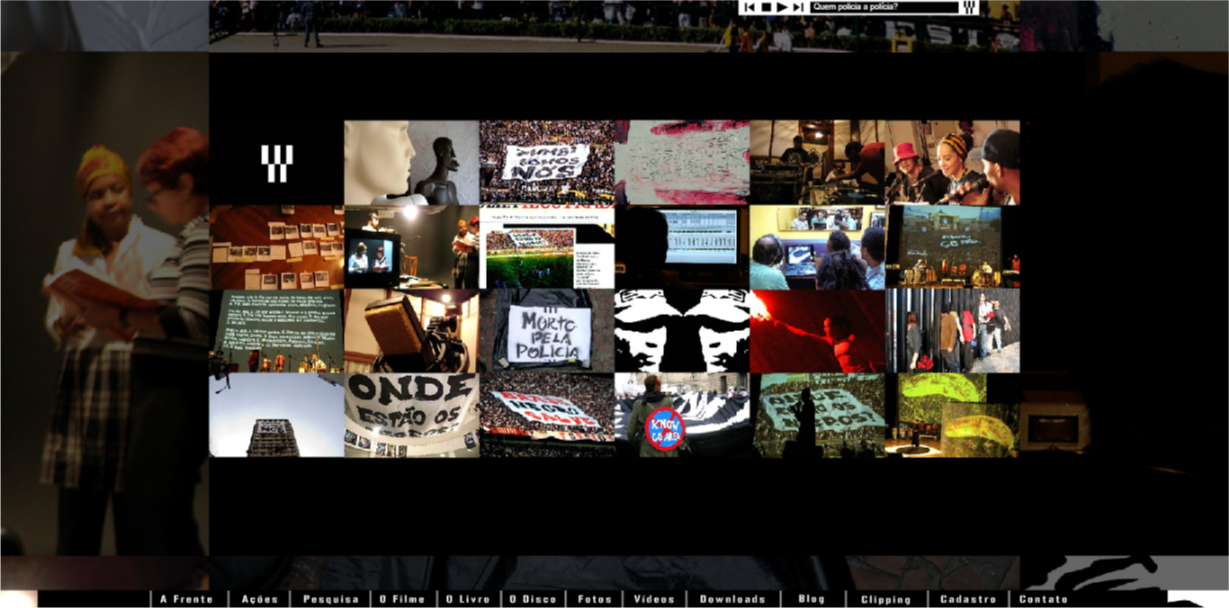
Alfadir Luna, “El Señor del Maíz” (2012), Chromogenic print, from the exhibition Talking to Action: Art Pedagogy, and Activism in the Americas at Otis College of Art and Design, Ben Maltz Gallery (photo by Anayatzin Ortiz. Colección Museo de Arte Contemporáneo de Monterrey)
The article: The Ways and Means of Activist Art, from Latin America to LA examines the different ways in which art has been used by the people of Latin America in activism. While the writer does not explicitly describe the various ways, rather, adopting a sweeping, summarizing view of activism through art, his use of pictures and links to other websites and articles showing the same information serves to emphasize the relevance and presence of this activism through art.
SEFT-1 in Mexico
Frente 3 de Fevereiro in Sao Paolo

http://www.frente3defevereiro.com.br/
-collective that investigates the military oppression of Afro communities in Medellín, Rio de Janeiro, and Haiti
In promoting educational institutions’ conversations around Latin American issues and identity, the author helps to encourage dialogue around Latin America and conversations about it around the world.


